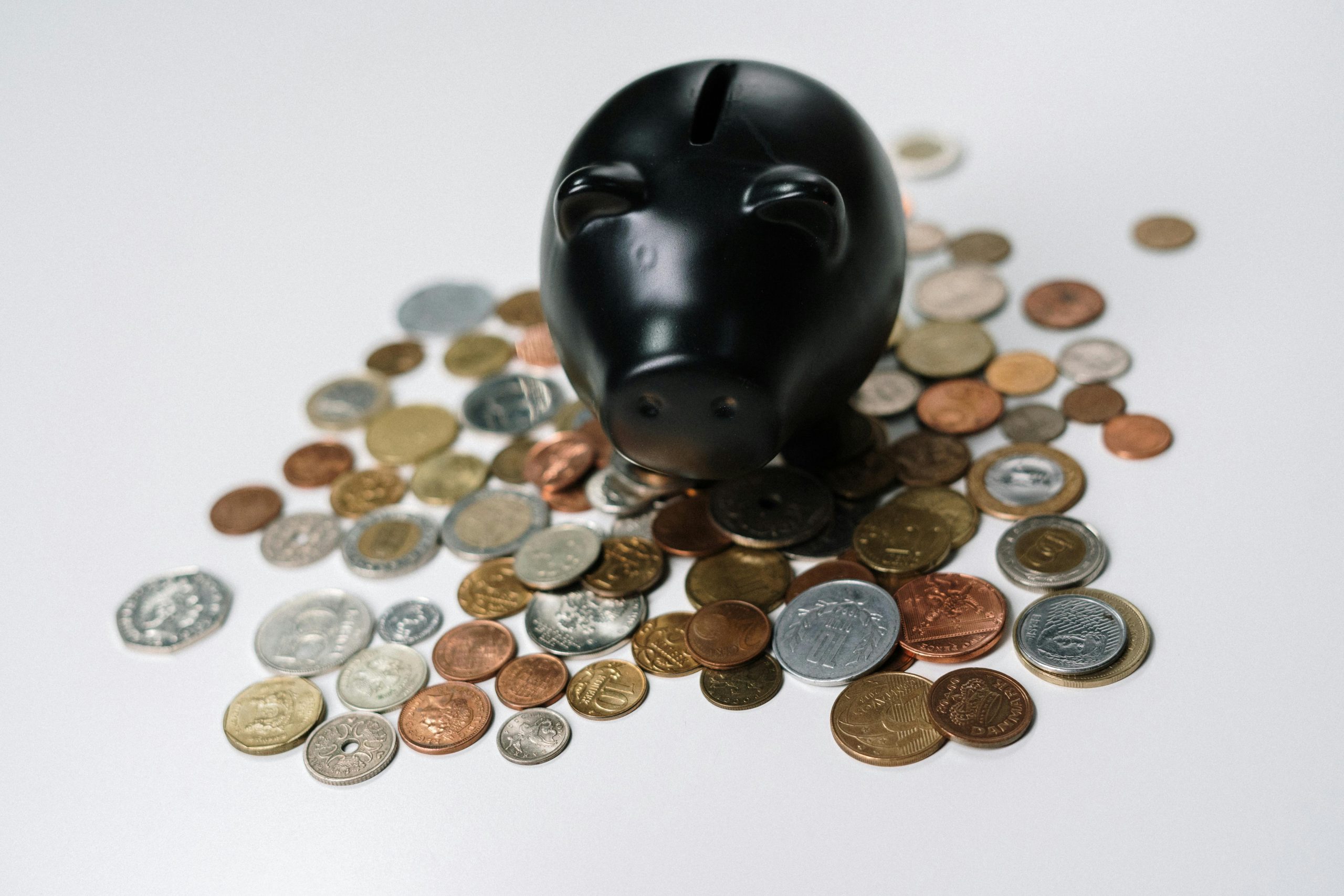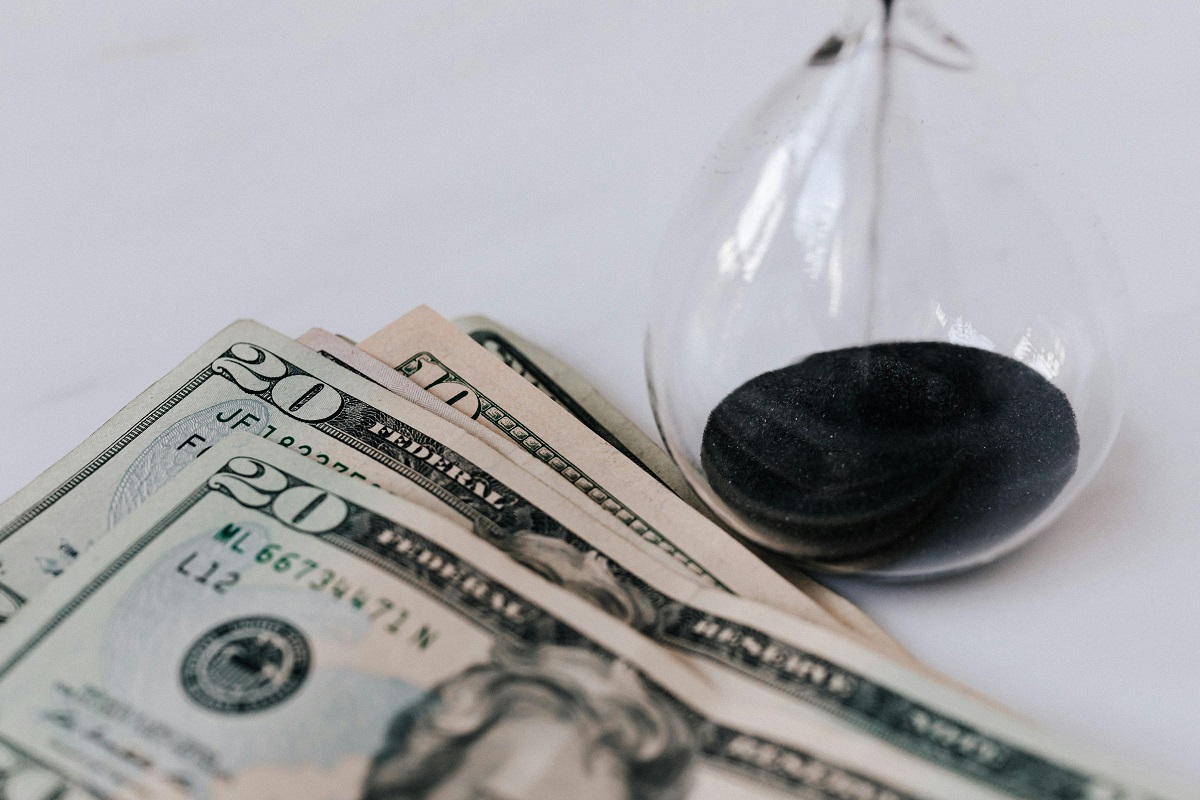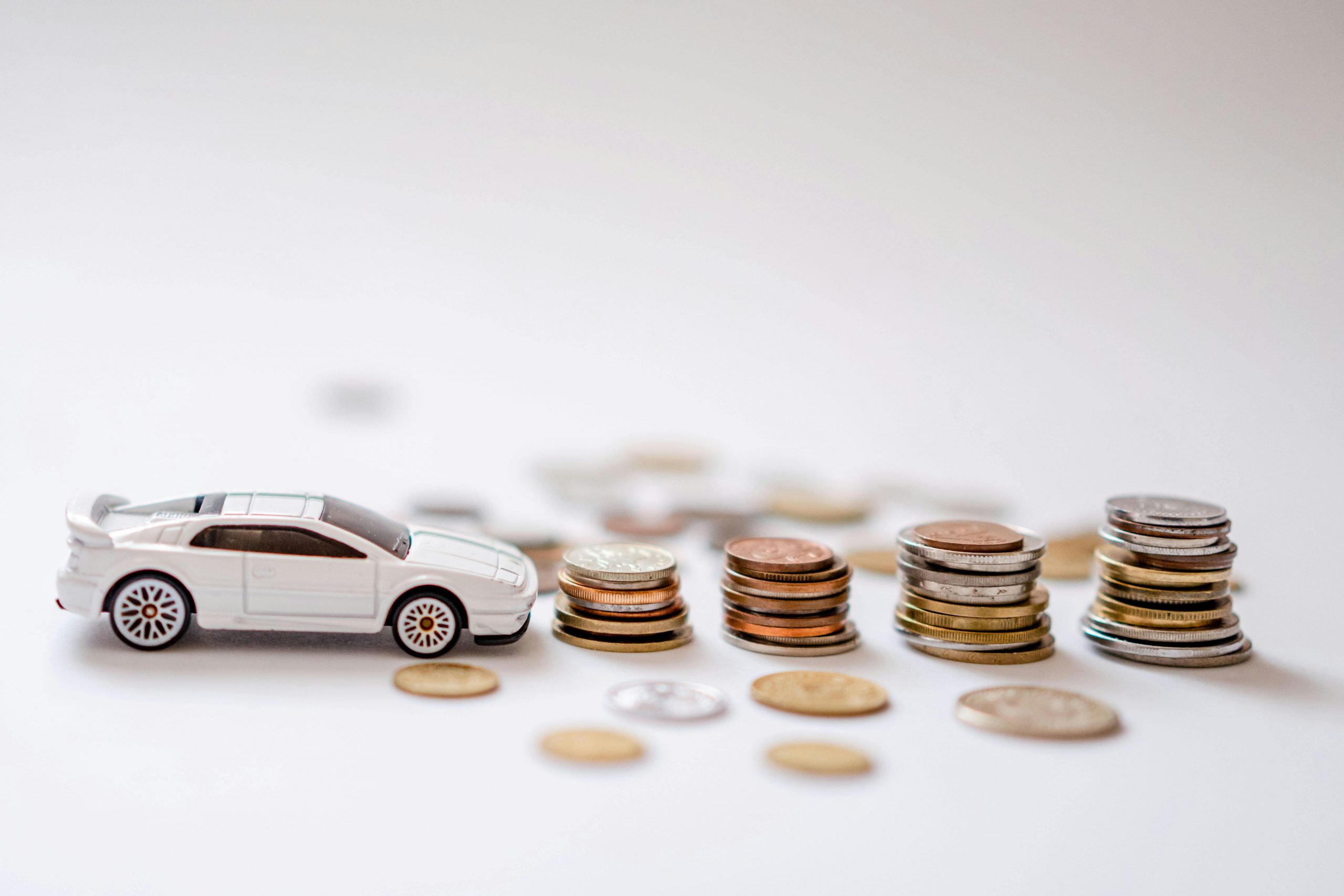
So you’ve decided: no monthly payments, no debt, no lenders breathing down your neck. You want to pay for your car in full, upfront. Smart move.
But now you’re wondering, how much should I save for a car if I want to pay in cash? This isn’t just about picking a number—it’s about building a plan that aligns with your lifestyle, budget, and financial goals.
This guide walks you through how to estimate the right amount, what costs to expect beyond the sticker price, and how to prepare for the real expenses of car ownership—without ever borrowing a dime.
First, How Much Should I Save for a Car If I Want to Pay in Cash?

Let’s get right to it. A good rule of thumb is to spend no more than 10% to 15% of your annual take-home pay on a car. This keeps your purchase realistic and your finances balanced.
Here’s what that might look like:
| Annual Take-Home Pay | 10% Budget | 15% Budget |
| $40,000 | $4,000 | $6,000 |
| $60,000 | $6,000 | $9,000 |
| $80,000 | $8,000 | $12,000 |
If you want to keep things even simpler: most people saving to pay in cash aim for a total of $5,000–$15,000, depending on whether they’re buying used, new, or something in between.
Don’t forget to pad your total by about 10–15% for taxes, fees, and initial insurance payments. If your car budget is $10,000, your actual savings target should be closer to $11,000–$11,500.
Why Paying in Cash Puts You in Control
When you skip the financing, you don’t just avoid interest—you skip the mental load that comes with long-term debt. You control your spending from the start and get a clearer picture of what you can actually afford.
The benefits of paying in full include:
- No monthly car payments
- No interest charges or loan fees
- Simpler paperwork and no lender obligations
- More negotiating power at the dealership or with private sellers
- A stronger sense of financial freedom
But paying in cash also means thinking strategically. You need to define your price ceiling, save with intention, and factor in all the extras that come with car ownership.
Step 1: Set a Target Based on Your Real Life
There’s a difference between what you can afford and what you should spend. The key is not to overshoot and end up compromising your other financial priorities.
That 10%–15% rule is just a baseline. If your needs are simple, spending less leaves room for other goals like travel, investing, or emergency savings. Buying a reliable used car for under $8,000 might leave you with money left over—and less stress.
Step 2: Choose the Right Kind of Car for Your Budget
Paying in cash naturally guides you toward more affordable, sensible vehicles. That’s a good thing.
Ask yourself:
- How will I use this car? (Daily commute, road trips, hauling kids?)
- How long do I plan to keep it?
- Do I really need a new car, or will a used one meet my needs?
Here are some price ranges to consider:
- Used commuter car (5–10 years old): $5,000–$8,000
- Reliable used sedan/SUV (3–5 years old): $10,000–$15,000
- Low-mileage certified pre-owned: $15,000–$20,000
- New compact car: $20,000–$25,000+
If you’re planning to buy within a year and pay in full, targeting the first two categories usually makes the most sense.
Step 3: Account for Total Ownership Costs
The price on the windshield is just the beginning. You’ll need to budget for everything that makes the car road-ready and keeps it that way.
Upfront Costs:
- Sales tax – Usually 5%–10% of the purchase price
- Title and registration – Typically $100–$300
- Insurance – Your first premium may be due at signing
- Inspection/emissions – If required by your state
First-Year Costs:
- Routine maintenance – Oil changes, tire rotations, fluids
- Unexpected repairs – Especially for used cars
- Accessories or upgrades – Floor mats, phone mounts, etc.
Pro tip: Add 10–15% on top of the car’s base price to prepare for these costs. If you’re looking at a $10,000 car, your total target should be about $11,000–$11,500.
Step 4: Create a Savings Timeline That Works for You
Once you know how much you need to save, break it into monthly chunks based on your ideal purchase timeline.
| Target Amount | Timeline | Monthly Savings |
| $8,000 | 6 months | $1,333/month |
| $10,000 | 12 months | $833/month |
| $12,000 | 18 months | $667/month |
| $15,000 | 24 months | $625/month |
If that seems like a stretch, adjust either your budget or your timeline. It’s all about what works for you.
Step 5: Set Up a Cash-Only Savings Strategy
If you’ve been wondering how to save for a car without falling into the loan trap, the key is to treat your savings like a required bill—and automate it.
Make your strategy stick with these tips:
- Open a dedicated savings account. Preferably one with a high yield so your money grows.
- Automate your deposits. Set recurring transfers after every payday.
- Name your goal. Something like “Car Cash Fund” keeps you focused.
- Cut out the leaks. Cancel subscriptions, cook more, sell unused items.
- Use windfalls wisely. Apply tax refunds, bonuses, or side hustle cash to your fund.
What If You Don’t Have Time to Save the Full Amount?

Sometimes you need a car yesterday. If your current one breaks down or you land a job that requires immediate transportation, you still have options.
Short-Term Alternatives:
- Buy a “transition car.” A cheap $2,000–$3,000 vehicle that lasts a year.
- Shop private sellers. Skip dealer markups and financing pressure.
- Use alternate transportation. Biking, public transit, or carpooling can buy you time.
- Split the cost. Save half in cash, borrow the rest interest-free from a friend or with a 0% card—only if you can repay fast.
The goal is to avoid jumping into an expensive loan just because you feel rushed.
How to Know If You’re Ready to Buy
You’ve reached your savings goal. Now take a minute to check that you’re truly ready:
- I’ve saved enough for the purchase price and extras
- I’ve budgeted for insurance and registration
- I’ve researched the car I want (value, reliability, resale)
- I know my non-negotiables and nice-to-haves
- I’m ready to walk away from a bad deal
If you’re nodding yes, you’re not just ready to buy—you’re ready to own the decision confidently.
Final Thoughts: Buying in Cash Isn’t Just a Payment Method—It’s a Mindset
If you’ve ever felt like buying a car had to come with a loan and years of payments, think again. Paying in cash gives you options, leverage, and peace of mind.
So when you ask, how much should I save for a car if I want to pay in cash, remember: it’s not just about the number. It’s about taking control of your money, buying smart, and keeping your future flexible.

